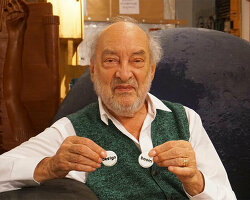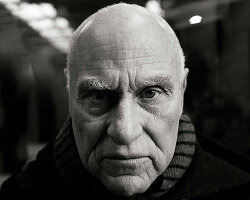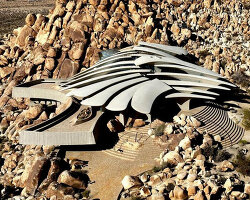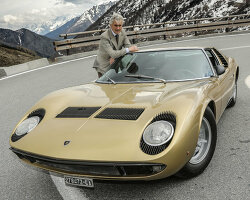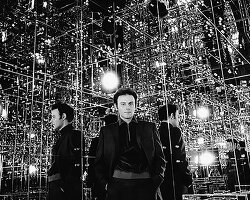KEEP UP WITH OUR DAILY AND WEEKLY NEWSLETTERS
PRODUCT LIBRARY
martin gomez arquitectos brings japanese design influences to coastal uruguay with this boji beach house.
the minimalist gallery space gently curves at all corners and expands over three floors.
kengo kuma's qatar pavilion draws inspiration from qatari dhow boat construction and japan's heritage of wood joinery.
connections: +730
the home is designed as a single, monolithic volume folded into two halves, its distinct facades framing scenic lake views.
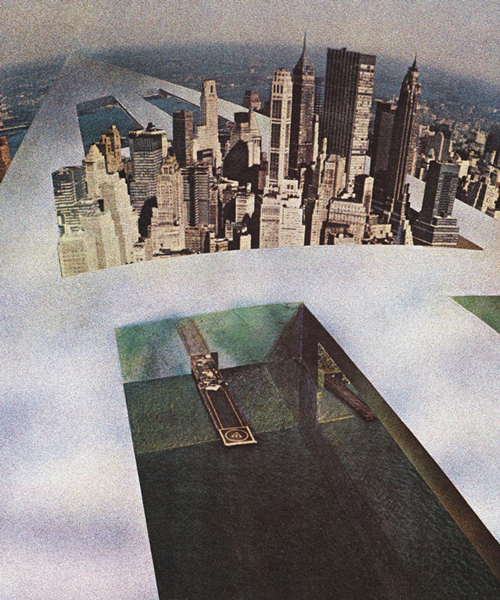
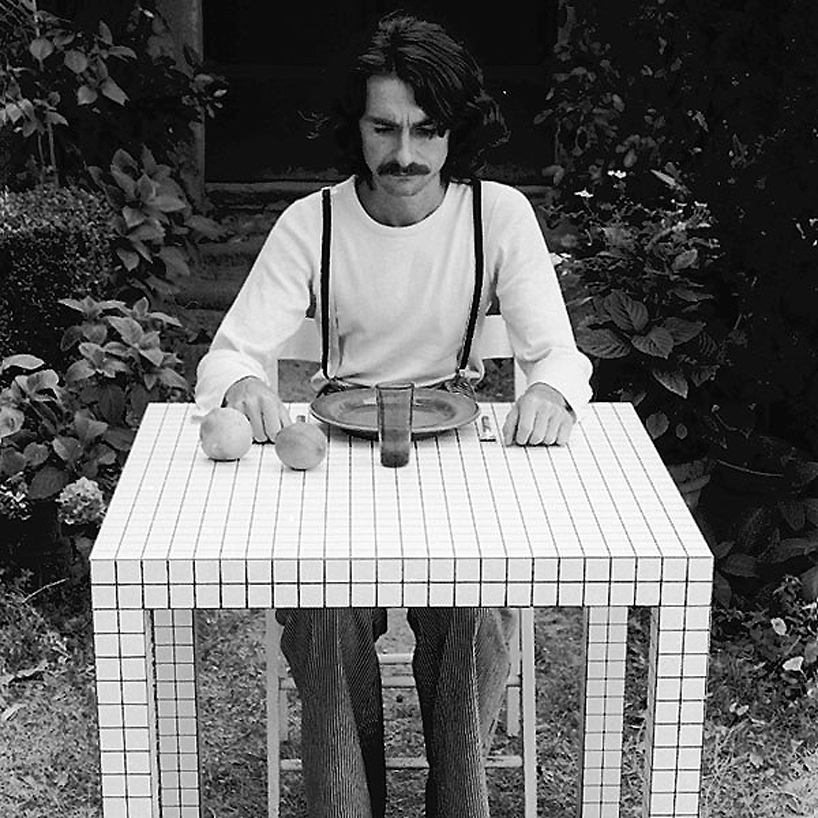 images courtesy of
images courtesy of 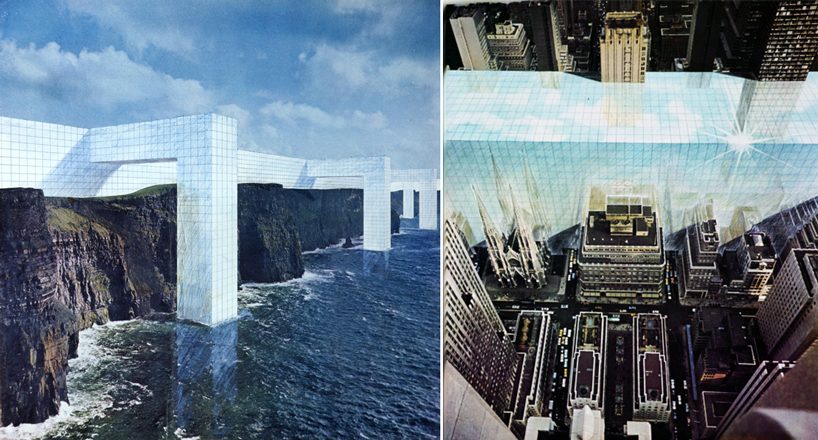 the continuous monument pushed to extremes the classical conception of the relationship between nature and architecture, city and country
the continuous monument pushed to extremes the classical conception of the relationship between nature and architecture, city and country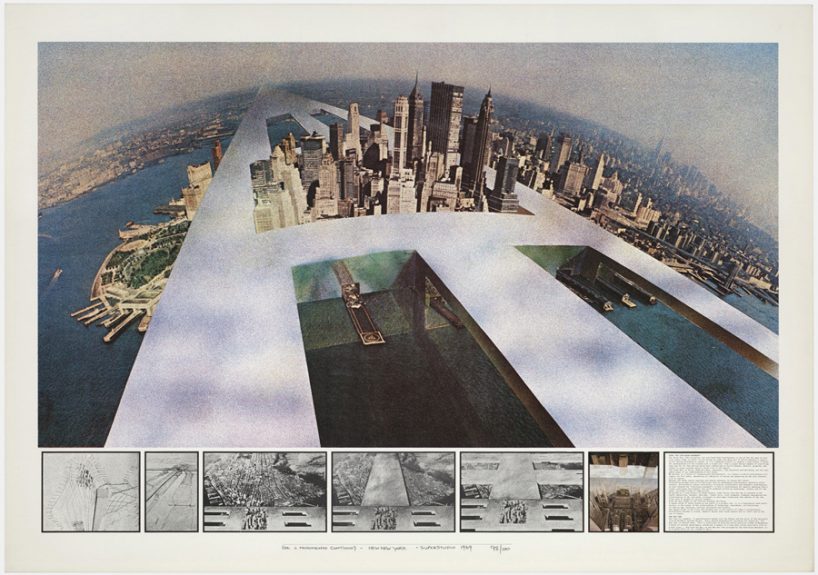
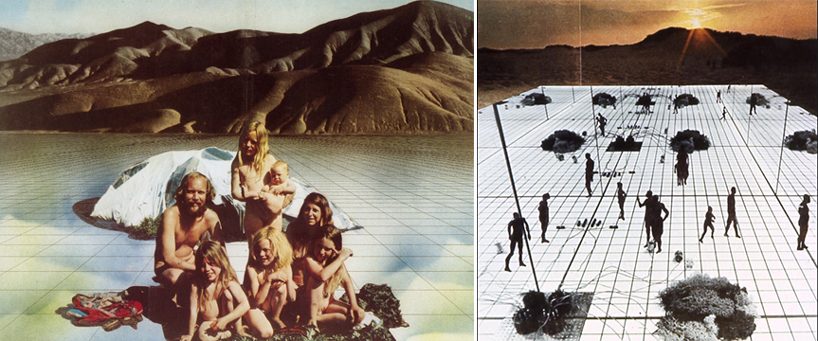 photomontages from the supersurface project
photomontages from the supersurface project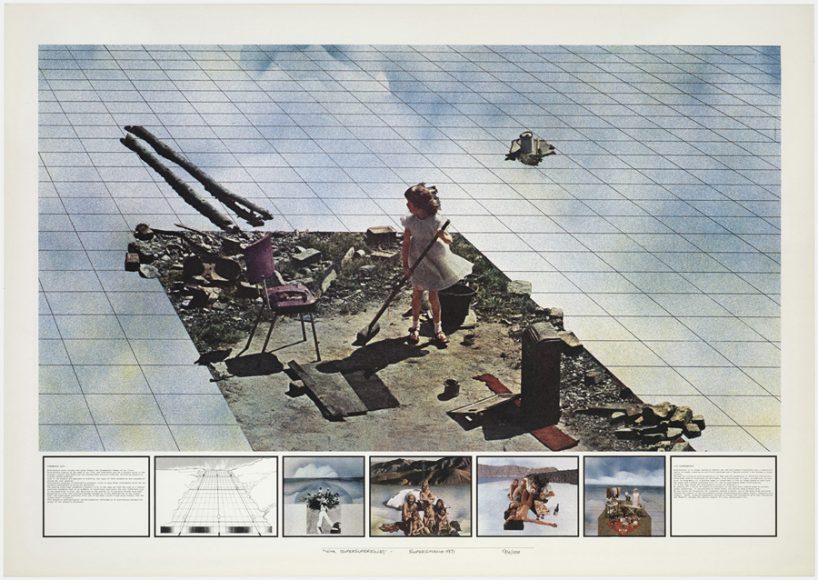
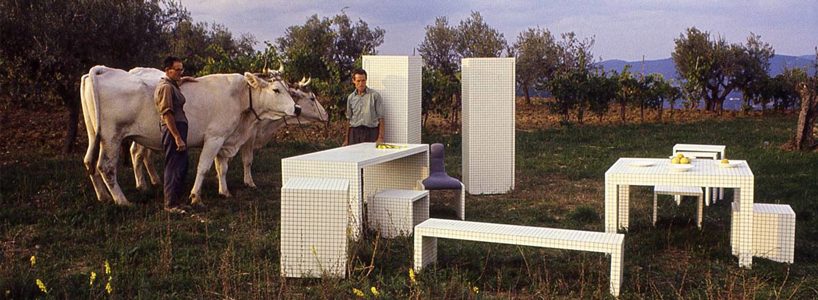 objects created using the non-continuous, three-dimensional diagrams from the histograms of architecture catalogue
objects created using the non-continuous, three-dimensional diagrams from the histograms of architecture catalogue 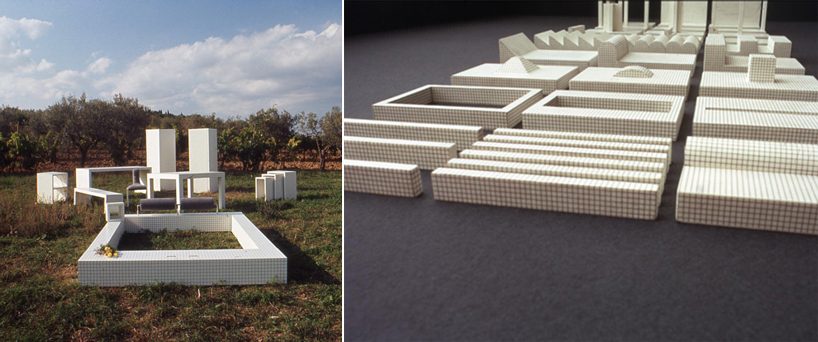 furniture and objects generated from the histograms of architecture catalogue
furniture and objects generated from the histograms of architecture catalogue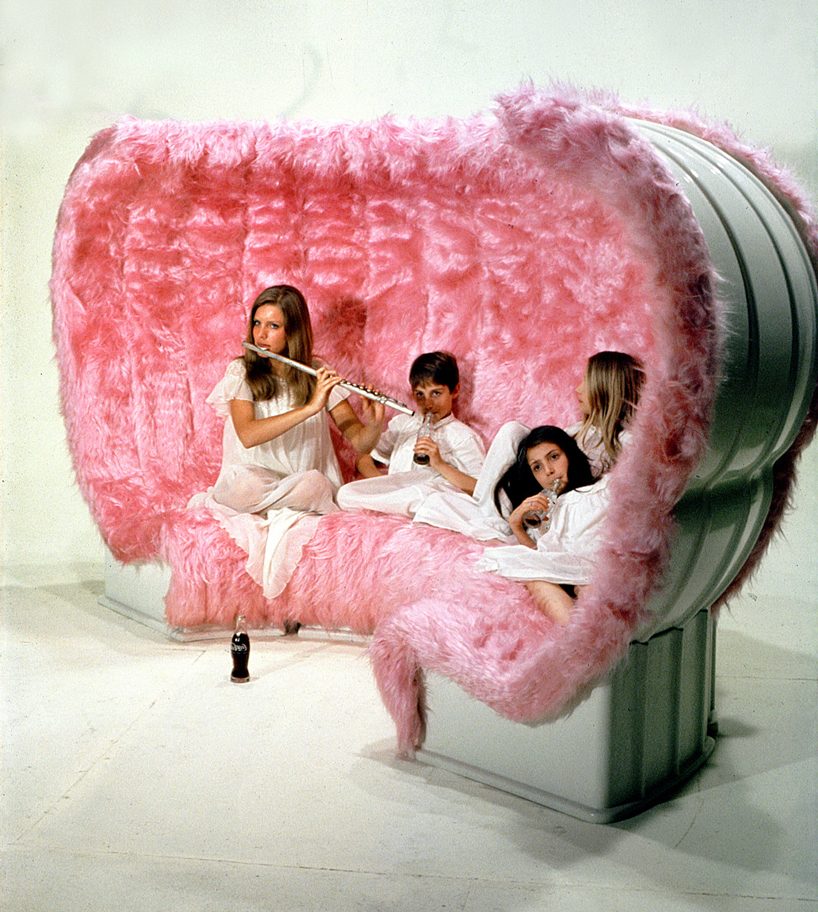 bazaar modular sofa, 1969, created under the group’s invention design and evasion design strategy
bazaar modular sofa, 1969, created under the group’s invention design and evasion design strategy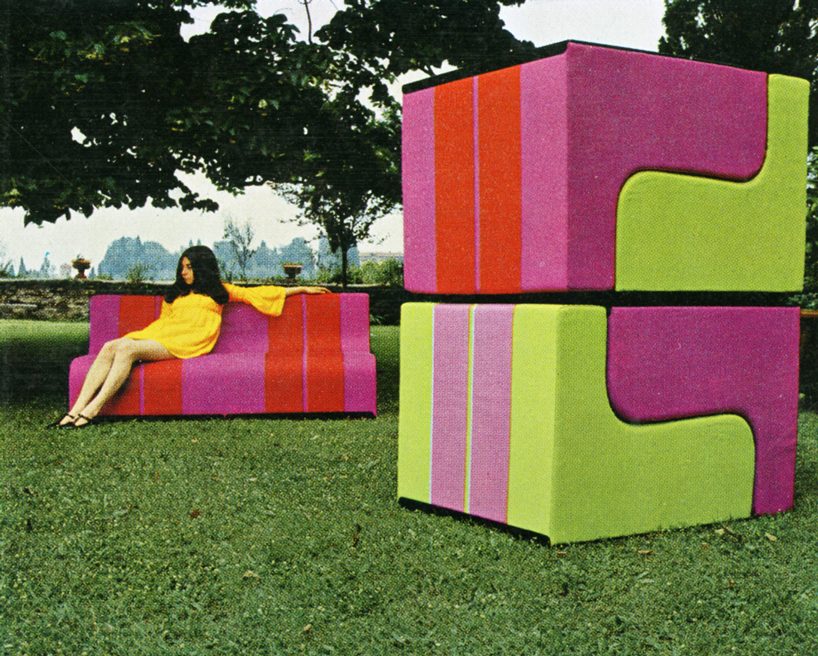 modular seat sofo, 1968
modular seat sofo, 1968 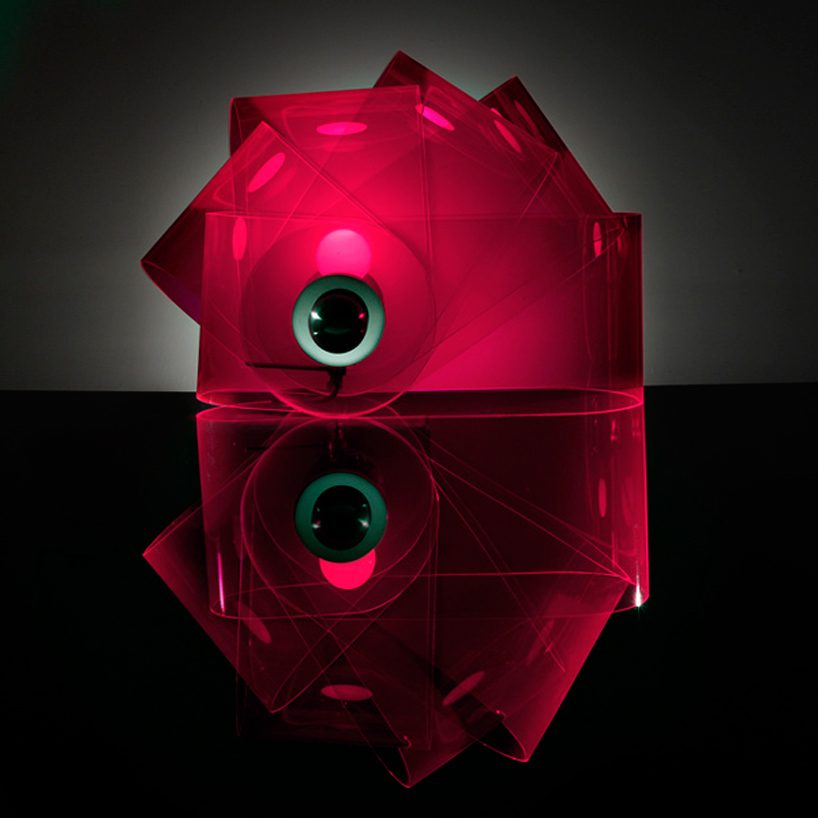 interactive gherpe table lamp, designed in 1968 for poltronova
interactive gherpe table lamp, designed in 1968 for poltronova 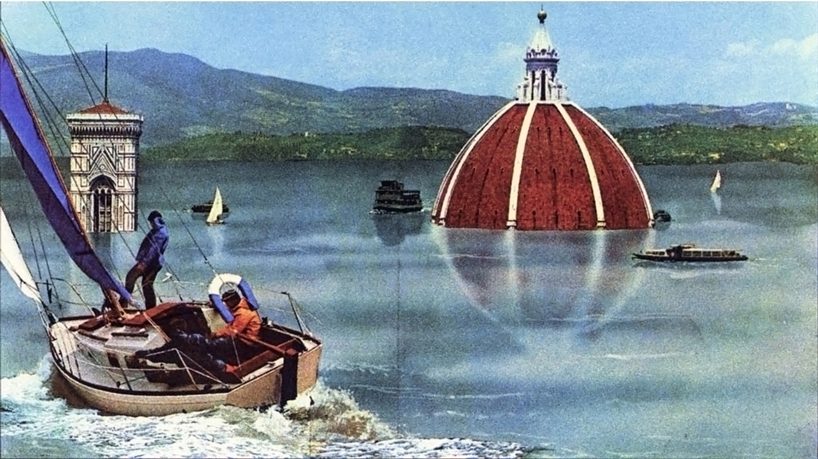 salvages of italian city centers (your italy) illustrated six proposals to save historic italian city centers
salvages of italian city centers (your italy) illustrated six proposals to save historic italian city centers